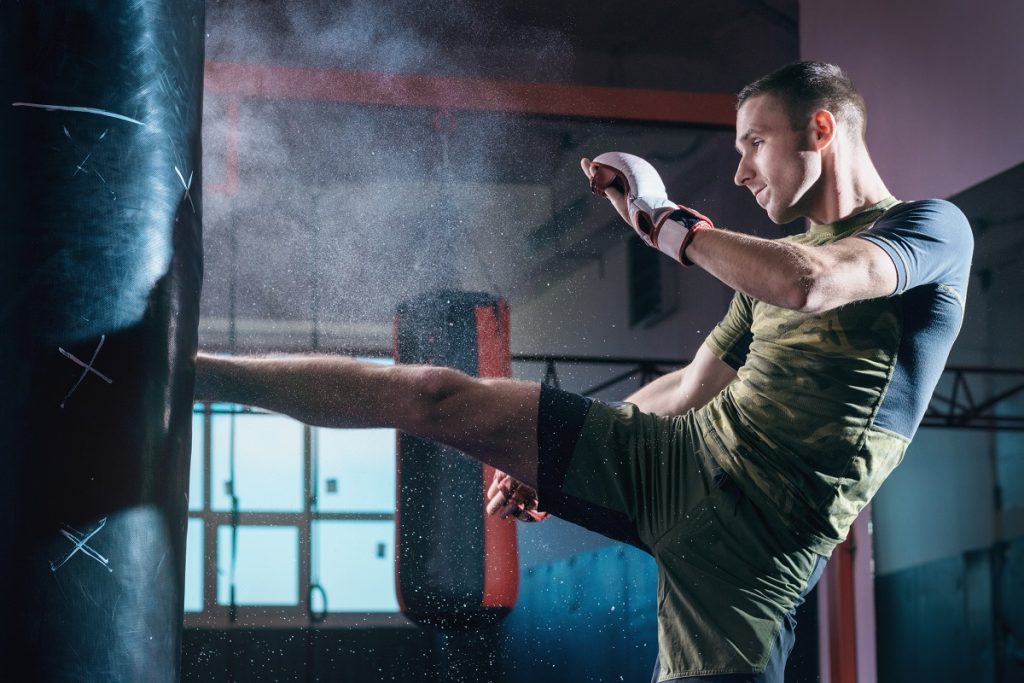Basketball is a sport of endurance and split-second decision making. Because every second is important, every player should be able to make fast strides. However, it isn’t enough for a player to be able to dash from one side of the court to another. In basketball, speed is only a third of the equation. Quickness and acceleration are equally important.
Quickness vs. Speed
While quickness and speed might seem synonymous, they’re vastly different terms in the realm of sports science. Speed is defined as the ability of a person to travel in one direction as fast as possible. You usually see basketball and baseball coaches measure speed using their Striker radar gun.
Quickness, on the other hand, is someone’s ability to change their body’s position upon reaction. The term “explosion” is often tied to this. Every player should be able to react enough to “explode” or propel themselves quickly towards the direction they need to go.
Step on the Gas
 If quickness is one’s ability to change direction, acceleration is what follows it. Acceleration is a person’s ability to increase their speed quickly. Players accelerate and decelerate on the court constantly as they shuffle to guard the ball. But acceleration is best applied in fast breaks. When players see an opportunity for a fast break, they change directions as quickly as they can and accelerate towards the other side of the court.
If quickness is one’s ability to change direction, acceleration is what follows it. Acceleration is a person’s ability to increase their speed quickly. Players accelerate and decelerate on the court constantly as they shuffle to guard the ball. But acceleration is best applied in fast breaks. When players see an opportunity for a fast break, they change directions as quickly as they can and accelerate towards the other side of the court.
Acceleration Drill
The most popular workout for acceleration is the wall drill. It is done by extending your arms against a wall, positioning yourself at a 45-degree angle, and raising one knee. Repeat this with the other one until you have a marching rhythm. This strengthens both your core and leg muscles, giving you an easier time to accelerate on the court.
But Learn to Punch the Brakes, Too
Hitting the brakes is just as important as revving up. Deceleration is essential for every player to learn, especially if they’re going for fast breaks. They should be able to slow down on the way to the ring. Otherwise, they’ll end up missing or worse — get injured.
Deceleration Drill
The best way to decelerate is to keep your hips down and knees bent as you take smaller, more rapid steps towards your target destination. The most common deceleration drill is the “Ickey Shuffle.” To do this, the athlete must run diagonally across an agility ladder, with a pattern of 2 feet in and 1 foot out.
While players rely on speed to cross the court in fast breaks, quickness and acceleration provide the opportunity for them to do so. Remember that quickness must always come with control. These drills are multipurpose. First, they help condition the player’s muscles to be more responsive. Second, they build leg and core muscles, which are vital in decelerating and controlling an athlete’s pace, decreasing the risk of injuries.
This is evident in every Kobe Bryant highlight reel you’ll see. He leaves his opponents in the wind through proper driving (acceleration) and faking (deceleration). With enough practice, you’ll be breaking ankles like The Mamba in no time.

